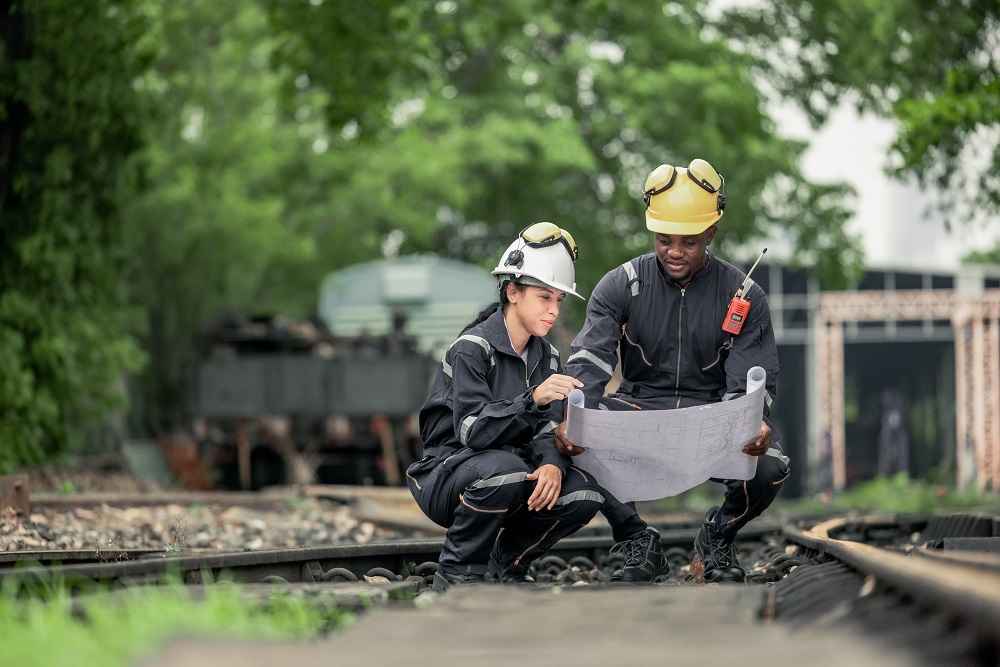Rail maintenance facilities are essential hubs in the transportation infrastructure, ensuring the proper upkeep and functionality of railway systems. These facilities encompass a range of operations, from routine inspections and repairs to major overhauls and upgrades. In this article, we delve into the significance of rail maintenance facilities, their key components, and their role in maintaining the integrity and reliability of rail networks.
Importance of Rail Maintenance Facilities
Rail maintenance facilities play a crucial role in ensuring the safety, efficiency, and reliability of railway operations. Regular maintenance and inspections help identify and address potential issues before they escalate into major safety concerns or disruptions to service. By providing a dedicated space for maintenance activities, these facilities enable railway operators to conduct repairs, inspections, and upgrades in a controlled environment, minimizing downtime and optimizing the performance of rail assets.
Key Components of Rail Maintenance Facilities
1. Maintenance Workshops
Maintenance workshops are the heart of rail maintenance facilities, where skilled technicians and engineers perform a wide range of maintenance tasks. These workshops are equipped with specialized tools, machinery, and equipment for repairing, servicing, and refurbishing rail vehicles and components. From locomotive overhauls to wheel and axle repairs, maintenance workshops handle various aspects of railway maintenance to ensure the safe and reliable operation of trains.
2. Track Maintenance Areas
Track maintenance areas are dedicated zones for inspecting, repairing, and maintaining railway tracks and infrastructure. Here, maintenance crews perform tasks such as track alignment, rail replacement, and ballast maintenance to ensure the smooth and safe passage of trains. Track maintenance areas may also include facilities for welding, grinding, and other track repair activities, as well as storage yards for track materials and equipment.
3. Depot Facilities
Depot facilities provide storage, maintenance, and servicing for rail vehicles when they are not in use or undergoing maintenance. Depots may include covered storage sheds, inspection pits, and cleaning facilities for locomotives, passenger cars, and freight wagons. In addition to routine maintenance, depot facilities may also perform major overhauls, refurbishments, and upgrades to extend the lifespan of rail vehicles and improve their performance.
4. Engineering Offices
Engineering offices within rail maintenance facilities house teams of engineers, planners, and project managers responsible for overseeing maintenance activities and implementing long-term maintenance plans. These offices coordinate maintenance schedules, budgeting, and resource allocation to ensure that maintenance activities are conducted efficiently and effectively. Engineering offices also play a key role in developing and implementing innovative maintenance strategies and technologies to improve the reliability and efficiency of rail operations.
Role of Rail Maintenance Facilities in Ensuring Operational Excellence
Rail maintenance facilities are instrumental in ensuring the operational excellence of railway systems. By providing a centralized hub for maintenance activities, these facilities enable railway operators to:
- Minimize Downtime: By conducting proactive maintenance and repairs, rail maintenance facilities help minimize unplanned downtime and service disruptions, ensuring the smooth and reliable operation of trains.
- Optimize Asset Performance: Through regular inspections, servicing, and upgrades, rail maintenance facilities help optimize the performance and lifespan of rail assets, including locomotives, rolling stock, and infrastructure.
- Enhance Safety: By adhering to strict safety standards and protocols, rail maintenance facilities contribute to the overall safety and security of railway operations, reducing the risk of accidents and incidents.
- Support Innovation: Rail maintenance facilities serve as hubs for innovation and technological advancement, driving the development and implementation of new maintenance techniques, tools, and technologies to improve efficiency and effectiveness.
Conclusion
In conclusion, rail maintenance facilities are essential components of railway systems, playing a critical role in ensuring the safety, reliability, and efficiency of rail operations. By providing dedicated spaces for maintenance activities, these facilities enable railway operators to conduct inspections, repairs, and upgrades in a controlled environment, minimizing downtime and optimizing asset performance. With their focus on operational excellence and innovation, rail maintenance facilities are key contributors to the continued success and sustainability of railway systems around the world.


